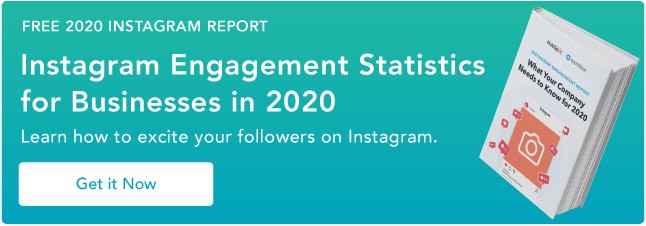Does anyone remember the days when all we saw on Instagram were poorly lit pictures our friends took and memes we didn’t want our parents to see on Facebook? Well, we’re long gone from then.
The platform has evolved from a simple image-sharing social platform to a money-making content curation one. With the addition of Instagram’s shopping tools, it’s steering more toward ecommerce and less on the social aspect.
So what does that mean for brands? We surveyed over 500 marketers to learn more about their Instagram strategy. Find out below what we found out as it relates to the social platform’s shopping tools.
The Benefits and Challenges of Instagram’s Shopping Tools
When we asked marketers the biggest benefit of using Instagram’s shopping tools, their number one answer was the increased product discoverability.
In the past, users had to navigate to a brand’s website to get product or service details. Today, they can learn everything they need to know about it. In addition, Instagram’s "wishlist" feature also allows users to save products they like to a specific folder on the app.
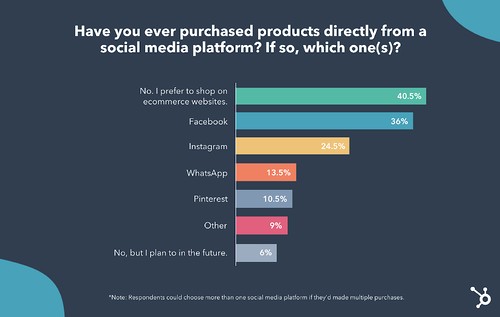
The second biggest benefit is the simplified shopping experience. Gone are the days when you need to leave the app to make the purchase. You can discover a brand and make a purchase all in the same breath. This means a more enjoyable process for consumers, which can lead to more purchases for brands.
Another key advantage Instagram’s shopping tools offer is the ability to easily partner with influencers.
Currently, creators can tag easily the products they’re promoting and send traffic directly to the brand’s Shop page.
In addition, Instagram is currently testing an affiliate program, in which influencers have their own Shop page.
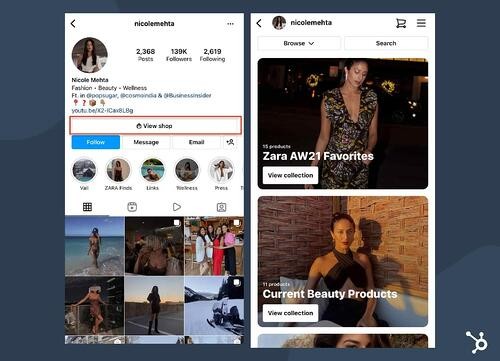
This allows users to easily find products recommended by their favorite influencers and make a purchase seamlessly.
Now, onto the not-so-great obstacles of Instagram’s shopping tools.
The biggest thing marketers surveyed complained about is supply-chain issues following many purchases. Since the pandemic, this has been a common hurdle for many businesses, as manufacturers deal with month- or year-long backlogs.
Another concern marketers are facing is not generating enough revenue from utilizing Instagram’s shopping tools or having access to certain features.
37% of marketers also complained about Instagram’s selling fees, which is currently 5% per shipment, or a flat fee of $0.40 for shipments of $8.00 or less. For brands, this is an additional cost that they could avoid by directing traffic to their website instead.
Another big concern is the loss of user data. When Instagram serves as the end-to-end platform, brands can lose valuable data to inform future strategies.
Now that you know the pros and cons of the shopping tools, let’s break down how marketers are using them.
How Marketers Leverage Instagram Shopping Tools
From the marketers we surveyed in our HubSpot Blog Research, 32% currently leverage Instagram Shops in their marketing strategy, and 48% plan to increase their investment in 2022.
While some brands tried the shopping tools as soon as it was introduced, others are just now diving in. In fact, 36% of marketers will be increasing their investment in Instagram Shops for the first time this year.
Meanwhile, 14% of marketers will be prioritizing Instagram Shops above all other features in 2022.
However, one thing to note is that when compared to all the features available on Instagram, marketers say its shopping tools don’t offer a high ROI when it comes to leads. Posting content and going live offer much better results.
With that said, while it may not be ideal for driving leads, it may work well for meeting other marketing goals.
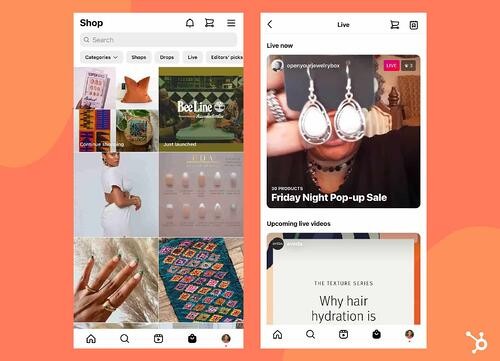
Out of all shopping features available on Instagram (Shop tab, product tagging, guides, Live shopping), the Shop tab is the most used tool by 47% of marketers surveyed.
However, in terms of ROI, it’s in the #2 spot. What’s on top? Instagram Shopping from Creators, which allows influencers to tag the products they’re using in an image or video.
As for shopping tools by format: It looks like in-feed shopping, Stories shopping, and Guides shopping are used at the same rate by over one in three marketers.
How Marketers Approach Product Launches on Instagram
One of the most interesting findings from our research is that for many brands, Instagram’s shopping tools are their sole ecommerce platform.
In fact, 41% of marketers surveyed said most of the brands they work with use the platform’s shopping tools exclusively. The other 59% say their brands have a presence outside of the social platform via an ecommerce website.
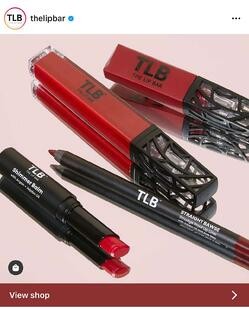
So the question is, how do Instagram’s shopping tools impact a product launch? One in four marketers says it’s much better to launch a product exclusively on the platform.
In fact, 83% of marketers surveyed say they have worked with a brand that launched a product exclusively on the platform.
Conversely, 15% say launching a product/service exclusively on Instagram is worse than launching elsewhere.
We’ve covered a lot here. One fact that’s clear is that more marketers will invest in Instagram’s shopping tools than they have in the past. What works well for one brand may not work for another, based on the audience, the audience, and more.
So, don’t be afraid to experiment with all the features and analyze your data to figure out what offers the best return on investment for your company.

